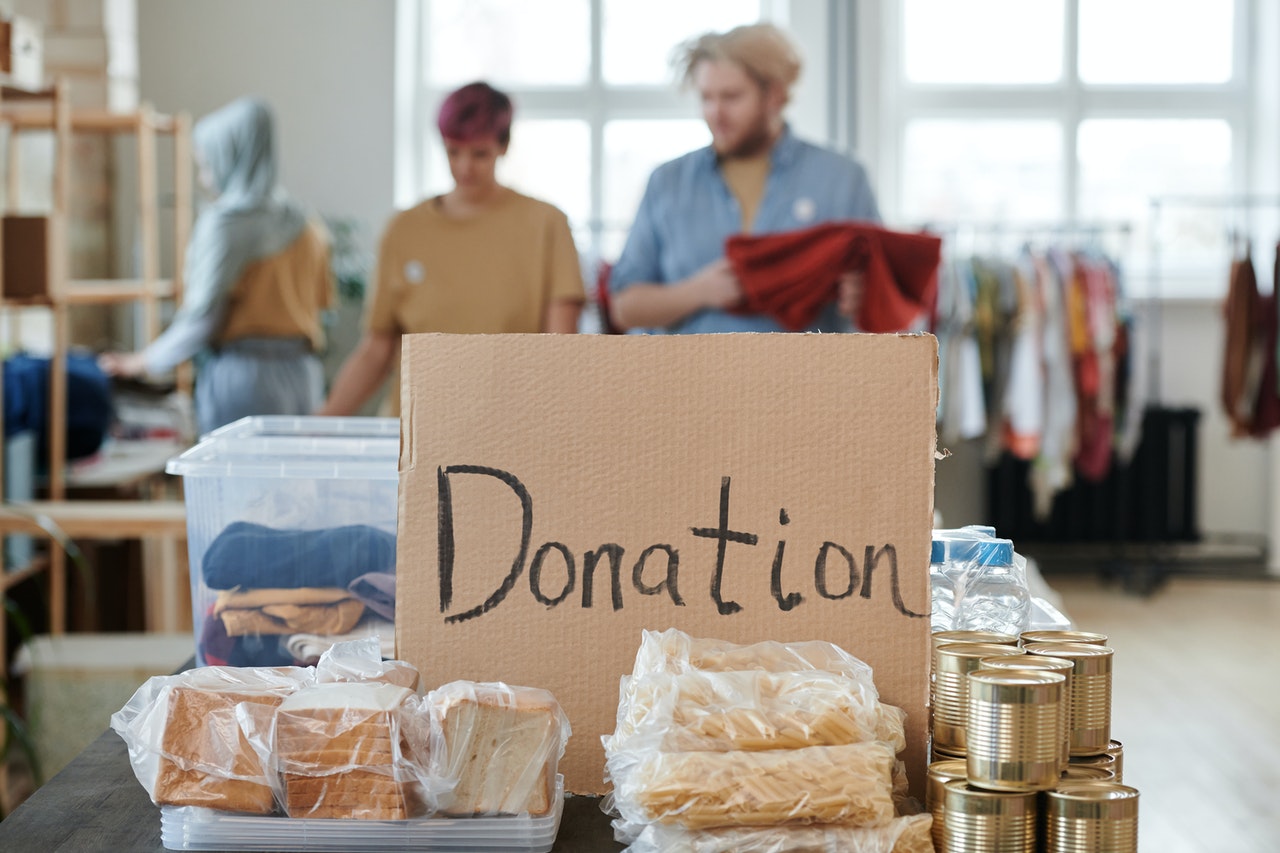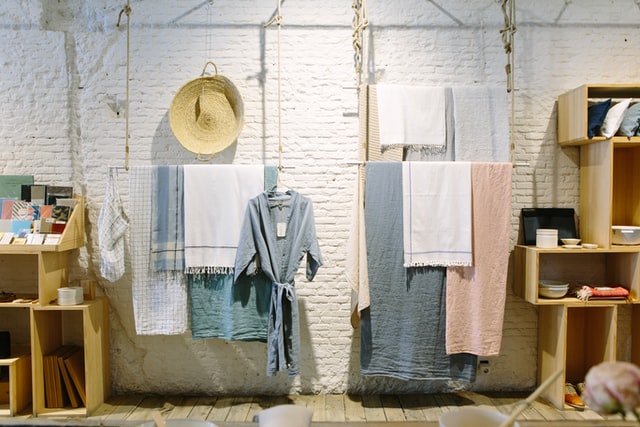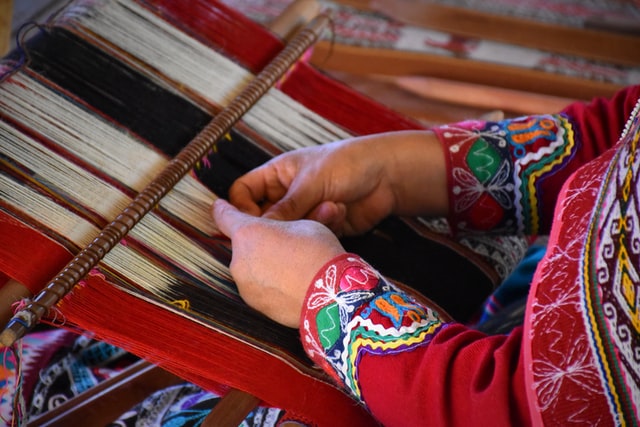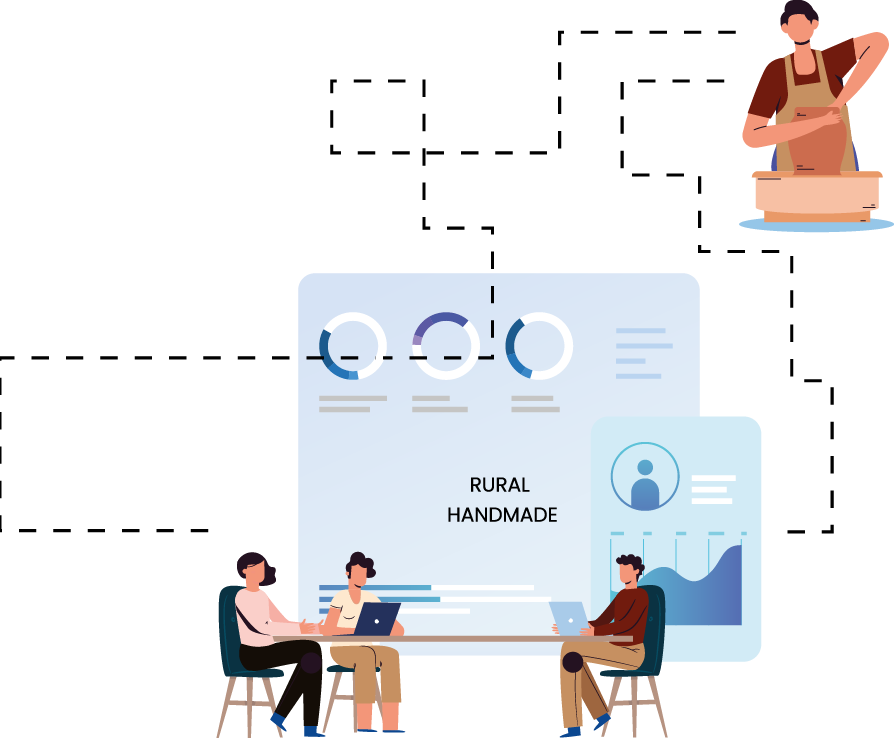Top 3 Ways Charities Can Make Use Of Handmade Products
Nov 03, 2021 | Angelo Echave
 When it comes to handmade products, people have a general view of what benefits they provide. We could say that purchasing handmade products is the new quirky trend.
When it comes to handmade products, people have a general view of what benefits they provide. We could say that purchasing handmade products is the new quirky trend.
Let me ask you something. When considering purchasing a handmade product, what is your thought process?
Usually, individuals think of the sustainable and environmental aspects of handmade products, over industrial-made ones. Sometimes they also consider the social aspect of helping the local community that handcrafted the product.
In general, there are multiple aspects to handcrafts and so many ways businesses and organisations use them. But how can charities use handmade products to achieve their missions?
Let’s start with the basics and explore the concept of handmade products first.
The Handmade Products
From a general perspective, handmade is defined as an item that was made by hand or by a hand process.
What is the first thing that pops in your mind when you think of handmade products?
Personally, the first thing for me was pottery and carpentry. In the Philippines, a very common piece of furniture is a chair called “Bukata”. This is an example of Filipino handmade products, made out of bamboo and mahogany.
However, handmade is not limited to these fairly large objects that are meant to fill a space in your home. There are also many smaller objects that are handmade.
For instance, for day to day usage, you have handmade products such as soap, clothes and candles. There are also finer handicrafts like jewellery, paintings or sculptures.
You can simply find many handmade items that are sold online. Just give it a quick google search and you are sure to find something you like.
With the basics out of the way, let’s have a look at how charities can use handicrafts. The first step is showing your appreciation.
1) Showing Appreciation
From a public understanding, charities are meant to be charitable. In finer detail, these are non-profit organisations that have aims with the intention of public benefit.
Most charities receive donations (either money or items) from goodwill individuals who are interested in their aims. They also accept volunteers who are sharing their free time to work towards a common goal.

Even while these kind-hearted individuals are willing to go the extra mile to help charities, we believe this is a good chance to show them that their kindness will not go unrewarded.
Understandably, charities can show their appreciation by sharing the fruits of their labour. This can be done by using articles and photos to show what their donated money and items have achieved through a documented story that shares the positive impact individuals made.
However, sharing lovely handmade products created by handicrafters in developing countries can be another way to show appreciation. Alongside the charity’s specific mission, the individual will receive direct appreciation.
This handicraft will be a bridge to continue a cyclical relationship between the individuals who volunteer and donate and the people they help with their time and donations. This would also be a memento of the positive benefits they have brought to one another.
Thus, showing appreciation is one methods charities can make use of handicrafts. Another way they can use is to diversify the charity’s retail store.
2) Diversify your shops
If you have ever been to a charity shop, you would know that they accept donated items to resell to other shoppers. Besides receiving donating money, donations of non-used items is another way for charities to generate money for their mission.
Whether it is old clothes, shoes or even paintings, these items can be reused by another person. It is just like recycling. If it is not used by one person, there is sure to be another who will.

So what place is there for handicrafts in charity shops?
One way is to create a handcraft section in the shop.
Nowadays, shoppers have become more conscious of becoming sustainable and environmentally friendly. We believe that handicrafts are the future of sustainability, especially if these products were handmade by crafters in developing countries.
By having a handmade section, the charity shop can attract more shoppers who not only have an interest in the charity’s mission but also support the handcrafters of developing countries.
A smaller change that could be implemented to start with is to provide handmade pins with each purchase. It is a simple way to help share the charities’ brand and mission.
Rather than the direct benefits of charities using handicrafts, there is also the by-product of helping those in developing countries.
3) Helping creative artisans

Another great element about handicraft is the story you support when purchasing a handmade product.
Every handmade product produced, traded and purchased is another fair trade that helps handicrafters escape poverty. During the time of COVID, these artisans found it difficult to trade their work with those who appreciate it.
By working with handcrafters, charities can increase their reach in supporting the recovery from COVID and being the helping hand that pulls them out of poverty.
Slowly, businesses have been socially aware and have been showing interest to support the United Nations’ Sustainable development goals (SDGs). Charities are especially aware of the SDGs. In fact, a charity’s mission will have these goals in mind.
So why should a charity consider having handicrafts from these crafters?
Charities can view this by-product of public benefit as another SDG. For instance, a charity might be working towards “No poverty” (SDG 1) like Oxfam. However, by helping these handicrafters, the scope of the grand benefit increases.
Not only is the primary goal worked on but also other SDGs such as “Decent work and Economic growth” (SDG 8) or “Reduced Inequalities” (SDG 10).
If we can help one group, another can also reap the benefits.
CONCLUSION
So what can we say is the final verdict of the different ways that charities can use handmade products?
In short, handmade products are a new way for charities to expand their scope for public benefit. Not only will the money received from selling handmade products be used to work towards the charity’s missions, but there is also a by-product of being able to help handicrafters in developing countries.
With the surge of shoppers becoming more sustainable with their purchases, handicrafts will become the future for these sustainable individuals.

If you are unsure of what will happen with handicrafts or how to get started, we recommend having a chat with us at Rural Handmade. We aim to give handicrafters in developing countries fair trade and recognition among western businesses and shoppers.
Come visit our website and have a chat with us.
Contact us at support@ruralhandmade.com.
We look forward to hearing your thoughts on the matter and whether you wish to support these creative artisans!
Recommended








